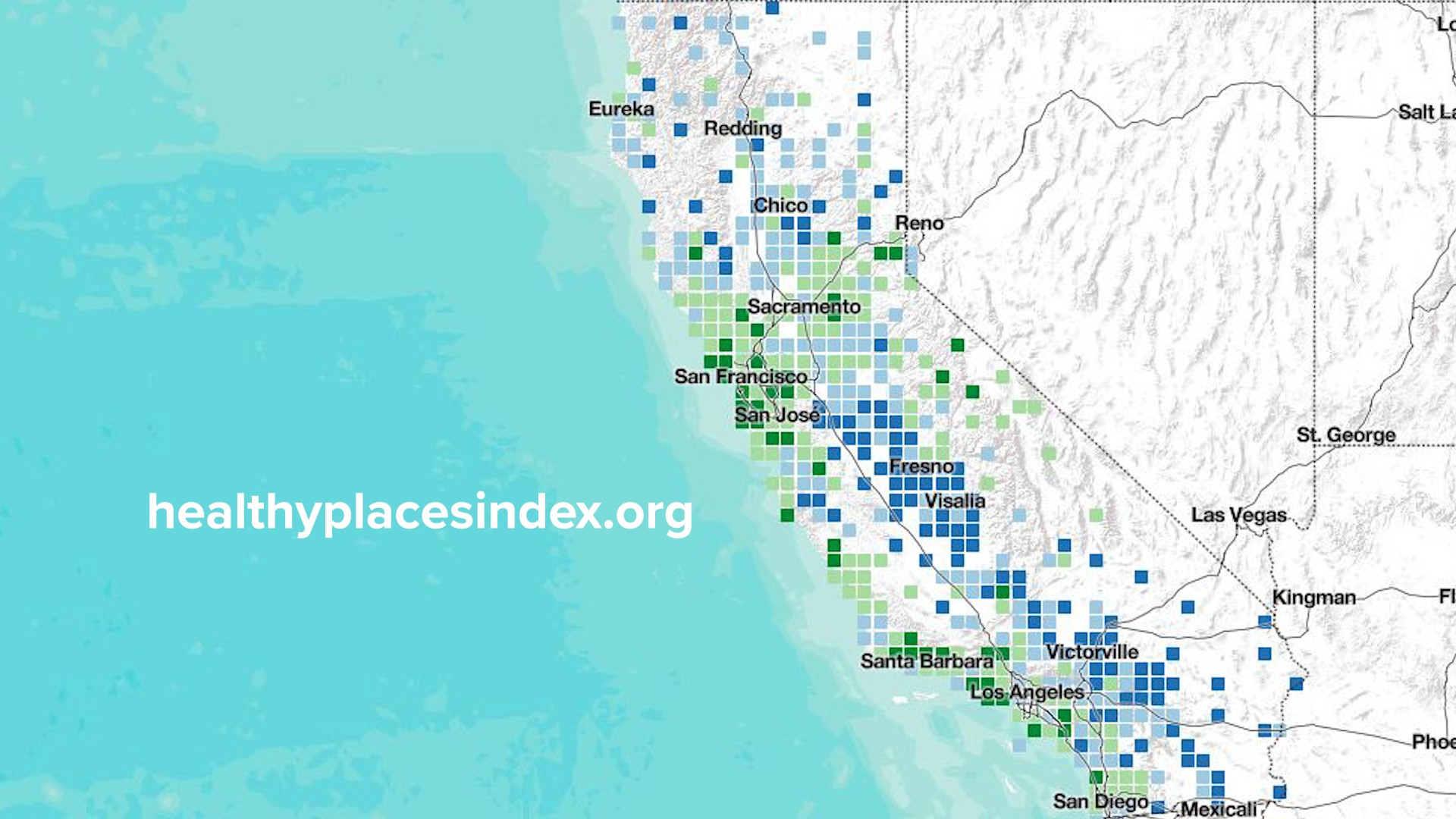SACRAMENTO, Calif. — Many people don’t know what an HPI score is or how it affects the speed by which a county can move through California’s restrictive tier system. So, let's break it down.
What is an HPI score?
HPI stands for Healthy Places Index. It is a tool that helps measure conditions in a community that predicts life expectancy.
25 community characteristics are combined into a single indexed HPI score and include things like the number of people living below the poverty line, the number of people with lower levels of education, and areas with more renters and fewer homeowners among other factors.
While race is not a determining factor, many areas with a low HPI score tend to have mostly non-white people living there.
There are four HPI levels. The areas which rate the lowest are considered HPI 1 and are in dark blue squares on the map at healthyplacesindex.org. The highest-scoring communities are dark green.
What does an HPI score have to do with reopening California’s counties?
Currently, a county can move from the most restrictive purple tier to the less restrictive red tier when it has 7 or fewer new COVID cases per 100,000 thousand people per day.
However, the state says it will increase the threshold to 10 or fewer new cases per 100,000 people per day once 2 million vaccine doses are given out in HPI 1 communities.
The good news?
As of Wednesday, the state is just about 73,000 doses away from reaching the goal of 2 million.
Stanislaus County has already gotten thousands of extra vaccine doses since Gov. Gavin Newsom announced 40% of doses will go to underserved communities.



















